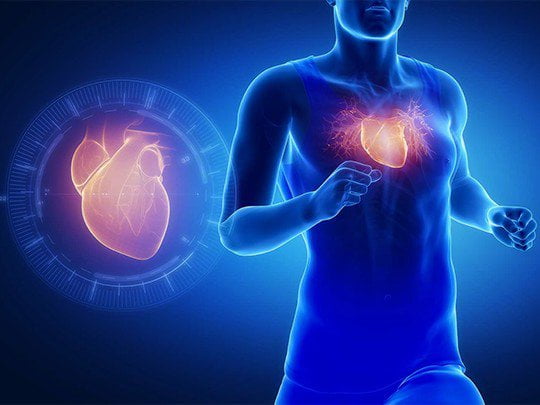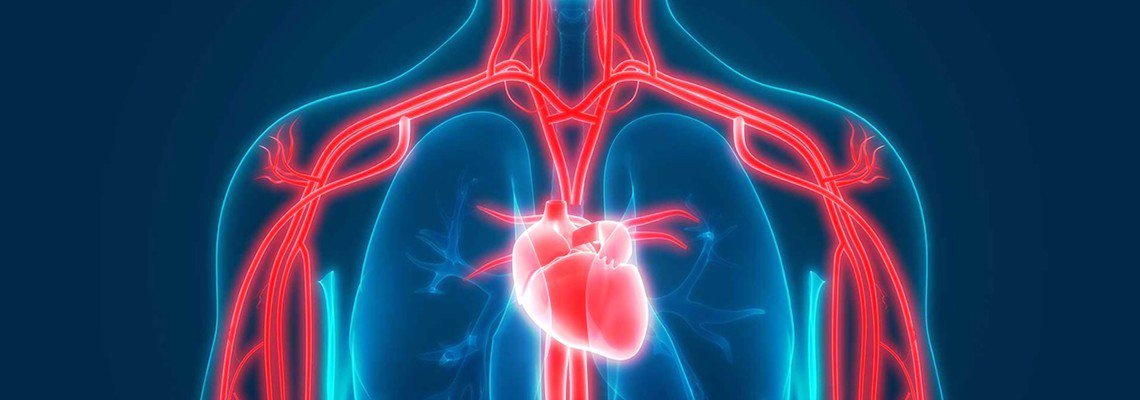
Introduction to Cardiovascular Health
Cardiovascular health involves the heart and blood vessels, the importance of which is known to all. The heart pumps blood into our blood vessels, which delivers oxygen to our organs, muscles, and the rest of our body. As we age, there will be changes to our heart and the blood vessels, that will cause restrictions in the way our cardiovascular system works. These changes include:
- Blocked or narrowed blood vessels that could cause a heart attack or stroke;
- The heart will have a more rigid structure, due to the muscles in the heart growing thicker;
- Decreased volume of the heart means lesser blood that will empty the heart in one beat, and more effort is needed to pump blood out;
- Hardening of the walls of our arteries. The artery itself originally has some elasticity which aids in pumping blood, however as it hardens, this function gradually diminishes;
- Problems with the heart’s muscle, valves or rhythm.
How Methylation Relates to Cardiovascular Health
The methylation cycle involves components that can reflect cardiovascular health. One of these components is homocysteine, as hyperhomocysteinemia (abnormally high levels of homocysteine, an inherited disorder) has been identified as an independent risk factor of cardiovascular disease. Homocysteine can be found in the methylation cycle and is formed from the split of S-adenosyl homocysteine (SAH) into homocysteine and an adenosyl group. Studies have been conducted to cross check the level of homocysteine in blood, and there have been results that report an increased risk for coronary heart disease and stroke in people with higher homocysteine levels.

Although there have been studies that show lesser correlation between the two, understanding your homocysteine levels can help guide an adjustment towards healthier living. In addition to homocysteine, high levels of cystathionine (generated from homocysteine in the body) is also associated with increased risk of cardiovascular disease and Acute Myocardial Infarctions or heart attacks.

